People often seem to associate low-cost microcontrollers with playing beeps and simple melodies. However, even if MCUs are usually manufactured on trailing-edge semiconductor manufacturing nodes, they are not exempt from Moores law. A "$0.10" 32-Bit Microcontroller today packs significantly more processing power and vastly more powerful peripherals than a AVR/PIC from decades ago.
This is a tiny experiment that plays tracker music MOD format on a WCH CH32V002 RISC-V microcontroller. It is able to play any 4 channel MOD file (of which many are available on The Mod Archive), as long as it fits in the available flash memory.
Based on the MODPlay library, the flash memory footprint of the player is only ~4kb and the CPU usage is between 15% and 25%, depending on whether the code resides in Flash or SRAM, leaving ample time for other tasks.
You can find the project file in the Github Repo.
 Tim
Tim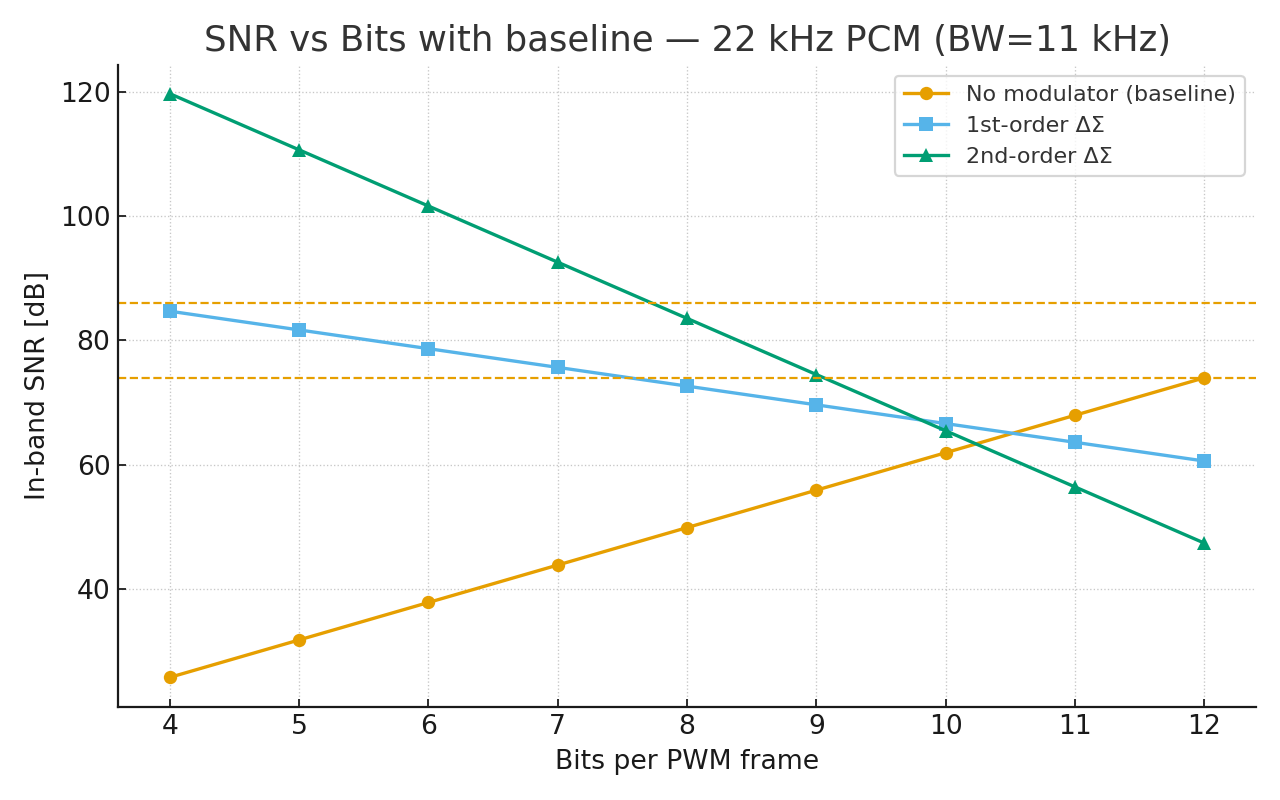
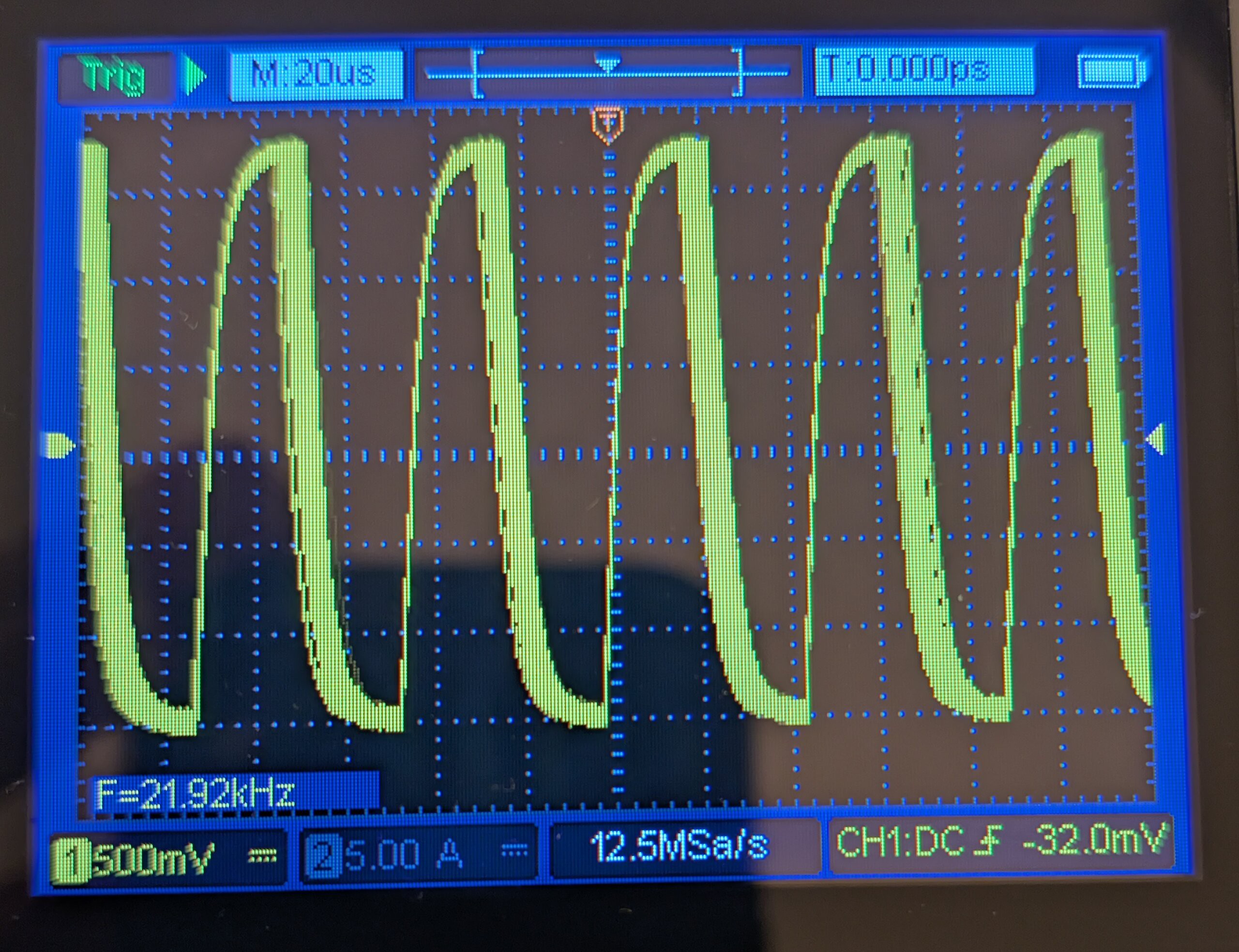
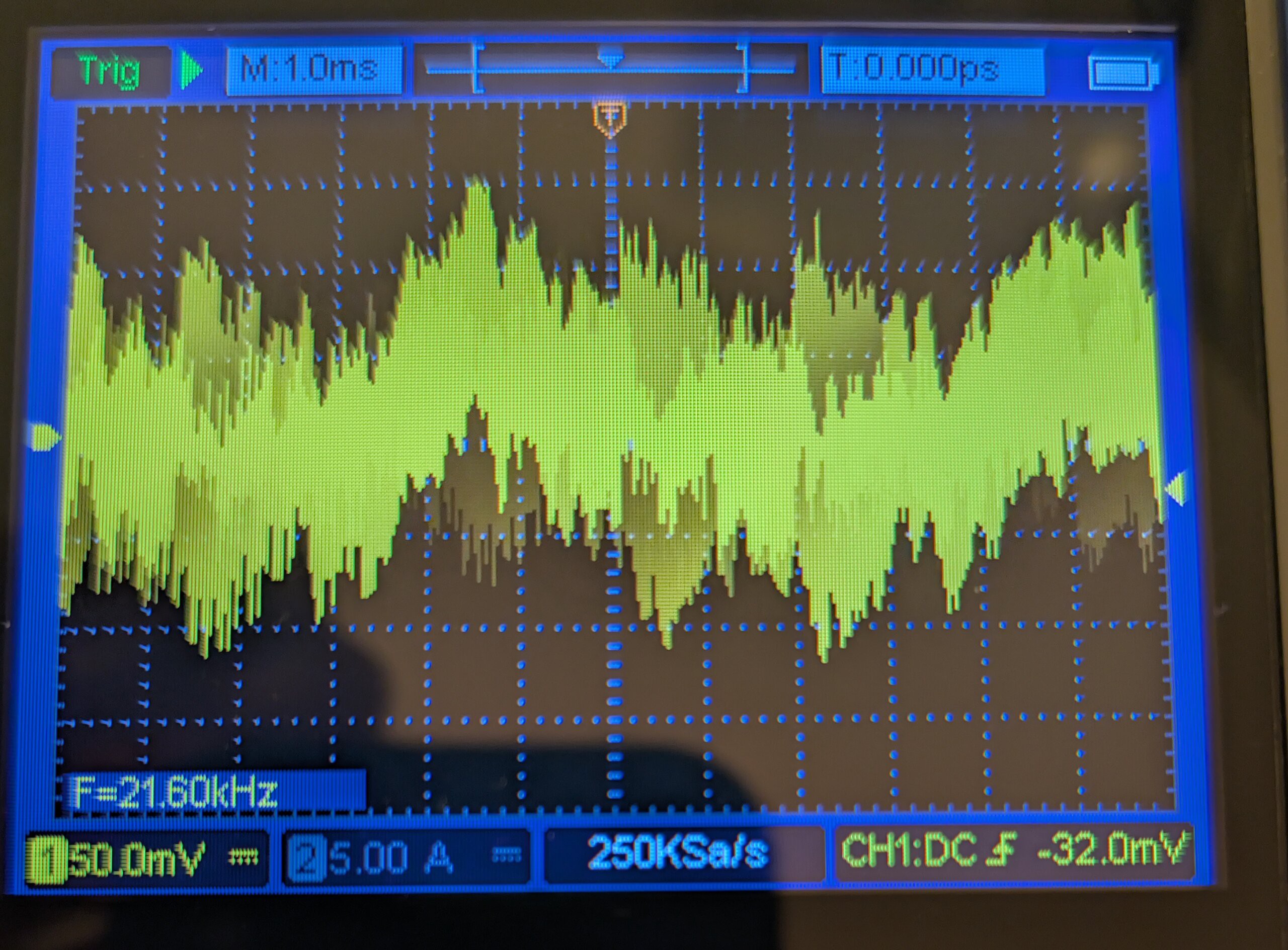
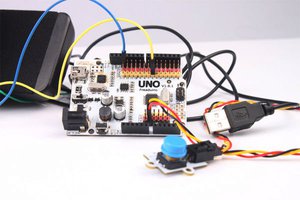
 PCB designer
PCB designer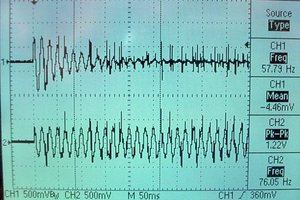
 Bruce Land
Bruce Land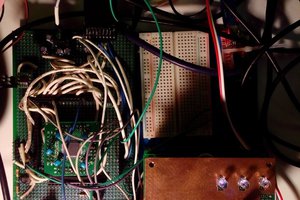
 Est
Est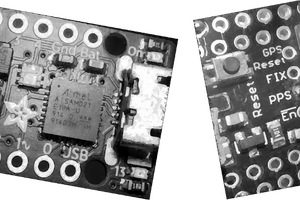
 Raymond Lutz
Raymond Lutz